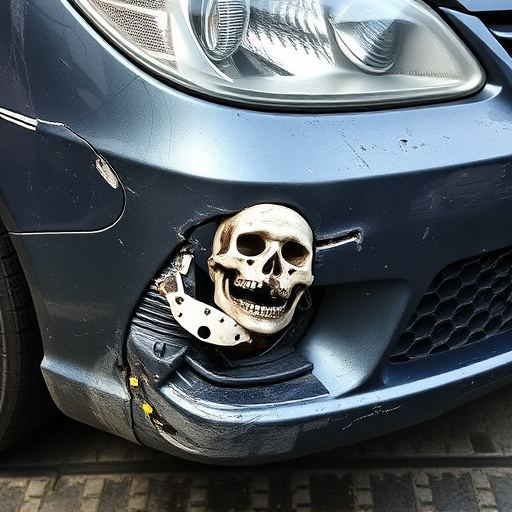Auto owners considering direct repair programs (DRPs) should verify shop eligibility based on licensed technicians, industry standards adherence, and reputation. DRPs offer cost savings, faster claims, and efficient service through supplier partnerships and digital tools, enhancing customer satisfaction by reducing repair times. Best practices include open communication, prompt incident reporting, technician training, and digital claim tracking for a seamless experience.
Unleash the full potential of your vehicle’s repairs with advanced tips on leveraging the Direct Repair Program (DRP). This guide breaks down essential strategies for optimal participation, focusing on eligibility criteria, efficient parts management, and significant cost savings. Additionally, discover best practices to streamline claims processing and ensure seamless repairs, maximizing the benefits of DRP for both repair shops and vehicle owners.
- Understanding Eligibility Criteria for Direct Repair Program
- Leveraging DRP for Efficient Parts Management and Cost Savings
- Best Practices to Ensure Smooth Claims Processing and Repairs
Understanding Eligibility Criteria for Direct Repair Program

Before enrolling in a direct repair program, it’s crucial to understand the eligibility criteria set by the program administrators. These programs are designed to streamline the repair process and often offer benefits like faster claim settlements and reduced costs. However, not all car repair shops or vehicle body shops qualify. Typically, auto repair shops must meet specific requirements such as having licensed technicians, adhering to industry standards, and maintaining a good track record.
The eligibility criteria may also include factors like the type of damage, the age of the vehicle, and the available parts. For instance, some programs might prioritize repairs for newer models or those with minor damages, while others could cater to a broader range of vehicles and repair types. Understanding these criteria ensures that both the repair shop and the program administrator are on the same page, leading to a smoother and more efficient claims process.
Leveraging DRP for Efficient Parts Management and Cost Savings

Direct Repair Programs (DRPs) offer businesses an efficient parts management system, significantly enhancing their cost-saving potential in auto body repair and vehicle dent repair processes. By partnering with trusted suppliers, DRPs ensure access to genuine, high-quality auto parts at competitive prices. This streamlined approach reduces the time and resources typically spent on sourcing and verifying parts, allowing professionals to focus more on service delivery.
Moreover, these programs often come with digital tools that track inventory levels, predict part needs, and automate ordering processes. This data-driven approach helps in avoiding stockouts and overstock situations, ensuring that parts needed for dent repair or any other auto body repair are readily available when required. Such efficiency not only minimizes labor costs but also enhances customer satisfaction by expediting repair times.
Best Practices to Ensure Smooth Claims Processing and Repairs

Implementing best practices is paramount to ensuring a seamless claims process and efficient repairs through a direct repair program (DRP). One key practice involves fostering open communication between all stakeholders, including policyholders, repair facilities, and insurance providers. Prompt reporting of incidents and clear documentation of damages are essential. Policyholders should be encouraged to take photos of the damage, which can greatly aid in the assessment process.
Additionally, training and certification for repair technicians are vital. Keeping their skills up-to-date, especially in areas like paintless dent repair or car scratch repair for luxury brands like Mercedes Benz, guarantees high-quality work. DRP administrators should also implement digital systems for claim tracking and authorization to streamline operations and reduce administrative errors. These practices collectively contribute to a smooth, swift, and satisfying experience for all parties involved.
The direct repair program (DRP) offers a powerful framework for automotive businesses to streamline operations, reduce costs, and enhance customer satisfaction. By understanding eligibility criteria, leveraging efficient parts management, and implementing best practices for claims processing, shops can maximize the benefits of DRP participation. Embracing these advanced tips ensures a smoother, more cost-effective repair process, ultimately fostering stronger relationships with both manufacturers and clients.














